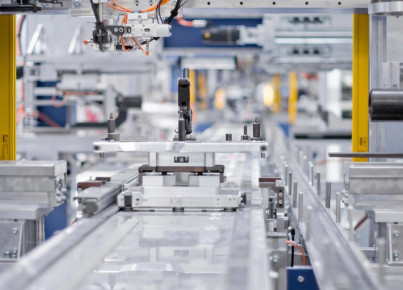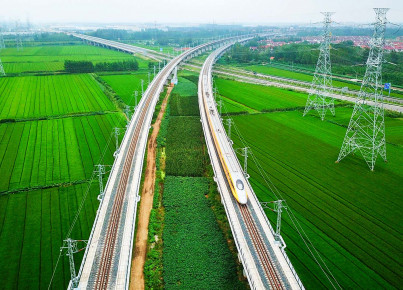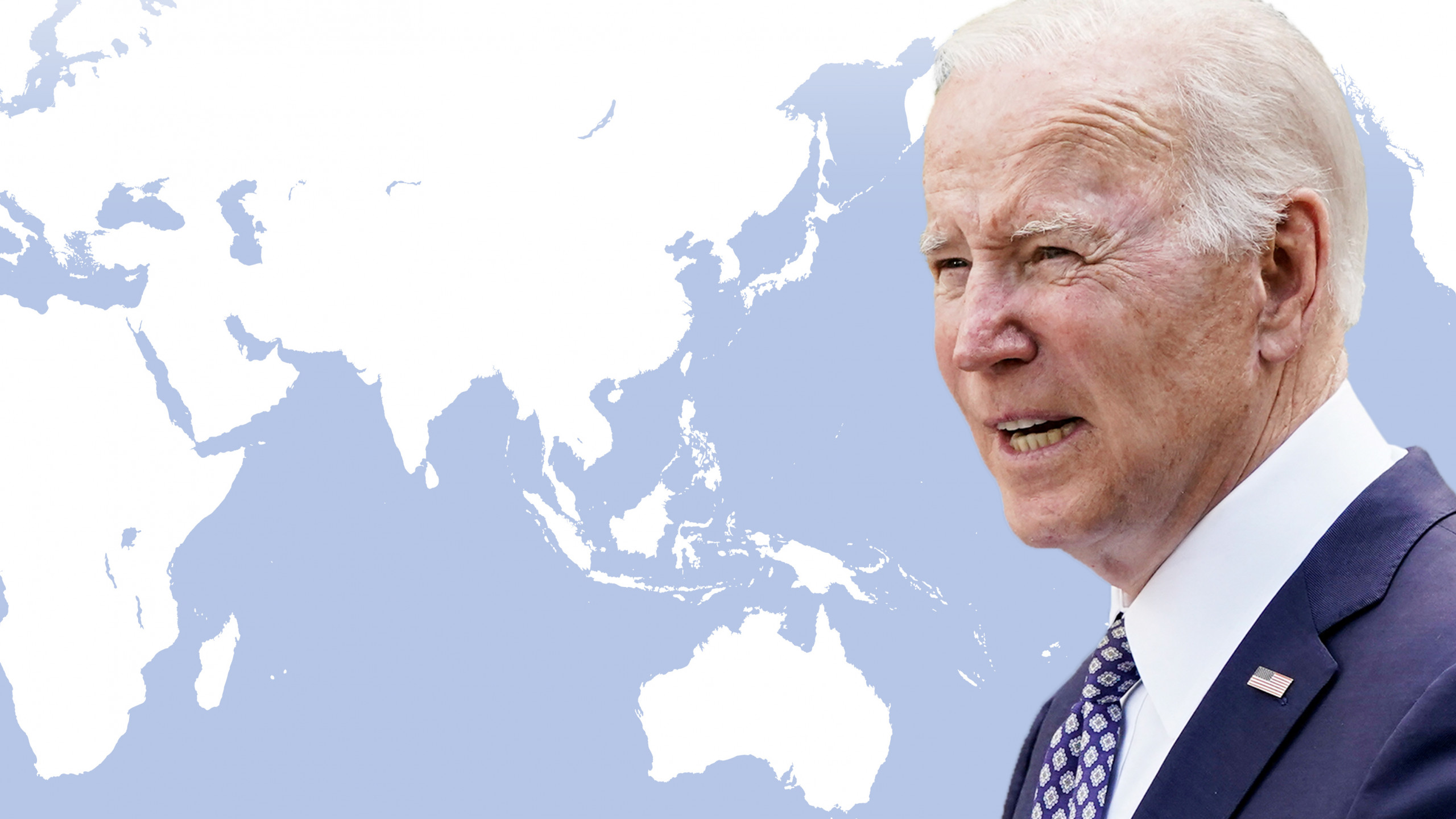From some of the oldest space programs in the world (Indonesia) to countries with very limited experience even in satellite data applications (Cambodia), from purely academic and commercial national efforts (Singapore) to strong government-controlled programs (Vietnam): ASEAN member countries cover the full spectrum of possible cases when it comes to space programs, with clear ambitions that are functional to their own development.
Article written by Fabrizia Candido
Given the vastly different levels of space industries in the region, it is not surprising that there are no space priorities at the top of the Association's agenda. Not only does space spending and the state of infrastructure readiness vary from country to country, but there are still members that lack specialized agencies for space issues.
Thus, international cooperation plays a key role in the development of space programs of ASEAN countries. Cooperation is sought with more experienced nations that have financial resources and technical expertise, and are willing to support the programs of countries with lesser capabilities. Since there are no established space powers in the Southeast Asian region, it is essential that these countries look a little further afield, more specifically to the United States, Japan, India, and China for funds, technology, and training.
Southeast Asia's "space race" has more scaled-down but no less important goals: ensuring that natural resources are not wasted and avoiding potential environmental disasters. Based on the ASEAN Action Plan for Science, Technology and Innovation 2016-2025, the Association is currently halfway through its journey toward improving capabilities in three priority areas: geoinformatics (e.g., remote sensing, GNSS, GIS), space technology applications (e.g., disaster risk reduction, environmental and resource monitoring, communications), and satellites (e.g., nano, micro, and small satellites, etc.).
A clear example comes from Myanmar. It would seem an unusual time to focus on sending satellites into space while civil conflicts rage and COVID-19 continues to spread. However, Burma's space program, developed in collaboration with Hokkaido University and Tohuku University in Japan, aims to improve connectivity, mitigate the impact of natural disasters, and increase agricultural production. And here's how: in August 2019, Myanmar-sat2 was launched to provide improved video and broadband distribution services. With the new satellite, and future satellites, Myanmar will no longer have to pay an estimated $10 (or more) million per year to rent satellite channels from China, Thailand, the United States, and Vietnam. This will make it possible, for example, to show farmers what is happening to crops in fields that can be difficult to reach at certain times of the year. They would also alert authorities to changes or disruptions in remote areas that would otherwise go unnoticed, allowing illegal practices such as logging or mining to be tackled before serious damage is done to the local environment. But, primarily, satellites will monitor weather phenomena, such as typhoons, and detect seismic activity, allowing authorities to evacuate people and livestock in due time. In addition, if a disaster does occur, the satellites will provide analysts with data on the recovery time of affected areas. It is for these purposes that Myanmar has joined the "super-constellation" of nine Asian nations, including Indonesia, the Philippines and Vietnam, to launch and monitor microsatellites, sharing technology and observational data.
The same Japanese universities working with Myanmar also helped the Philippines launch a satellite in 2016 that proved instrumental in detecting a disease in banana fields. However, the Philippine Space Development Act was only passed in December 2018. The bill provides a space development and utilization policy that will function as a strategic roadmap for future space development.
As for Thailand, however, in the early 2000s the country signed a bilateral agreement with France to co-develop the Thailand Earth Observation Satellite (Theos). Data from Theos has been used to map disputed areas between Cambodia and Thailand, monitor the area of agricultural crops, obtain updates on flooding situations and for various aspects of natural resource management. Theos-2, which was approved in 2017 and originally scheduled for launch in 2020, is expected to be put into orbit in 2022.
Further behind are Laos, Cambodia, and Brunei, while more ambitious is Vietnam. It was in fact a Vietnamese astronaut, Pham Tuân, who was the first Southeast Asian man to go into space in 1980. Vietnam, which announced in 2017 that it would produce its own satellite by 2022 and become "one of the region's leading countries in this field," is developing, in collaboration with Japan, two types of 600-kg radar-equipped satellites called LOTUSat-1 and LOTUSat-2 scheduled for launch in 2023.
But having the most advanced space program within ASEAN is Indonesia, having established the first national space agency in the ASEAN region in 1963, LAPAN. Given its location and geomorphological conditions, Indonesia has long recognized the importance of space technology to its development. Much of Indonesia's space program focuses on space communications applications, meteorological satellites, remote sensing satellites, and studies of the socioeconomic and legal aspects of space technology. In addition, in line with its national policy, Indonesia is working on its launch capabilities and other strategic technologies: the goal is self-sufficiency in space activities, coming to launch a satellite of its own production by 2040. Finally, the country is increasing its engagement in global space affairs, as demonstrated by its active participation in the Space Economy Leaders Meetings, a new format created in the G20 by Saudi Arabia and then inherited by Italy.
Finally, Singapore's foray into space has been more recent than other ASEAN countries. However, given its financial and technological resources, Singapore has progressed rapidly. To date, it focuses primarily on the use of space technology for communications, resource control, and academic research. The city-state is actually building a talent pool with technical expertise in satellite technologies, with numerous university programs offering relevant courses. The Satellite Technology and Research Center (STAR) at National University Singapore, for example, offers courses for undergraduate and postgraduate students to train the workforce needed to make the country a leading edge in the spacecraft industry.






